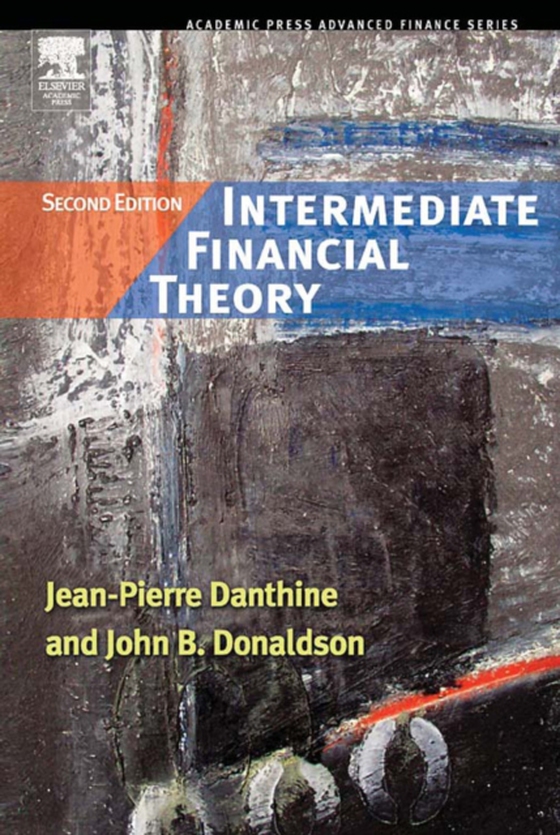
Intermediate Financial Theory e-bog
546,06 DKK
(ekskl. moms 436,85 DKK)
The second edition of this authoritative textbook continues the tradition of providing clear and concise descriptions of the new and classic concepts in financial theory. The authors keep the theory accessible by requiring very little mathematical background. First edition published by Prentice-Hall in 2001- ISBN 0130174467.The second edition includes new structure emphasizing the distinction ...
E-bog
546,06 DKK
Forlag
Academic Press
Udgivet
25 juli 2005
Længde
392 sider
Genrer
Finance and the finance industry
Sprog
English
Format
epub
Beskyttelse
LCP
ISBN
9780080509020
The second edition of this authoritative textbook continues the tradition of providing clear and concise descriptions of the new and classic concepts in financial theory. The authors keep the theory accessible by requiring very little mathematical background. First edition published by Prentice-Hall in 2001- ISBN 0130174467.The second edition includes new structure emphasizing the distinction between the equilibrium and the arbitrage perspectives on valuation and pricing, as well as a new chapter on asset management for the long term investor."e;This book does admirably what it sets out to do - provide a bridge between MBA-level finance texts and PhD-level texts....many books claim to require little prior mathematical training, but this one actually does so. This book may be a good one for Ph.D students outside finance who need some basic training in financial theory or for those looking for a more user-friendly introduction to advanced theory. The exercises are very good."e; --Ian Gow, Student, Graduate School of Business, Stanford University Completely updated edition of classic textbook that fills a gap between MBA level texts and PHD level texts Focuses on clear explanations of key concepts and requires limited mathematical prerequisites Updates includes new structure emphasizing the distinction between the equilibrium and the arbitrage perspectives on valuation and pricing, as well as a new chapter on asset management for the long term investor
 Dansk
Dansk

